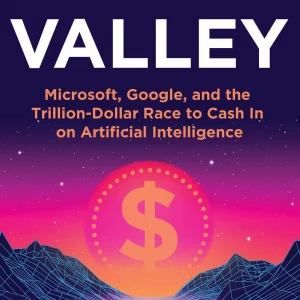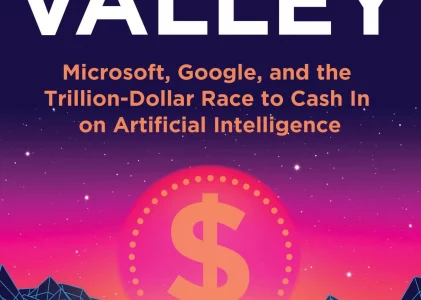
Gary Rivlin’s “AI Valley” offers a compelling and often unsettling examination of Silicon Valley’s latest gold rush. As someone who has watched the tech industry’s repeated cycles of hype and transformation, I found myself both fascinated and troubled by Rivlin’s portrayal of how artificial intelligence is reshaping not just technology, but the very fabric of how we work, think, and relate to one another. The book doesn’t shy away from the uncomfortable realities behind the glossy promises of AI evangelists, and while I appreciated Rivlin’s journalistic rigor in uncovering these stories, I also found myself wrestling with the implications of what he reveals.
What struck me most was Rivlin’s ability to humanize what often feels like an abstract technological revolution. Through his interviews with engineers, entrepreneurs, and those whose livelihoods have been disrupted by AI advancement, he paints a picture of real people grappling with unprecedented change. His exploration of how AI development is concentrated among a handful of powerful companies resonated with my own concerns about technological inequality and the concentration of power. However, some of his more alarmist predictions about job displacement felt somewhat overreaching, though I understand the urgency behind his warnings.
The book also provided valuable context for understanding the cultural and economic forces driving AI development. Learning about the venture capital dynamics, the talent wars between tech giants, and the regulatory challenges added depth to my understanding of why AI progress feels both inevitable and chaotic. Rivlin’s examination of how AI researchers justify their work while grappling with its potential consequences reminded me that even revolutionary technologies are created by flawed humans wrestling with competing priorities and moral complexities.
Perhaps most thought-provoking was Rivlin’s exploration of what he calls the “AI divide” – the growing gap between those who benefit from artificial intelligence and those who are displaced by it. This theme resonated deeply with my belief that technological progress, while often beneficial, requires intentional consideration of its human costs. The book doesn’t present easy answers, but rather challenges readers to think critically about the kind of future we’re building and who gets to participate in shaping it.
Overall, “AI Valley” is an essential read for anyone trying to understand not just what artificial intelligence can do, but what it’s already doing to reshape our world. While I didn’t agree with every one of Rivlin’s conclusions, I appreciated his willingness to ask difficult questions and present a nuanced view of a technology that’s often portrayed in stark terms of either utopian promise or dystopian threat. It’s a book that will stay with me, prompting further reflection on how we can harness the benefits of AI while remaining mindful of our responsibility to one another in this rapidly changing landscape.

